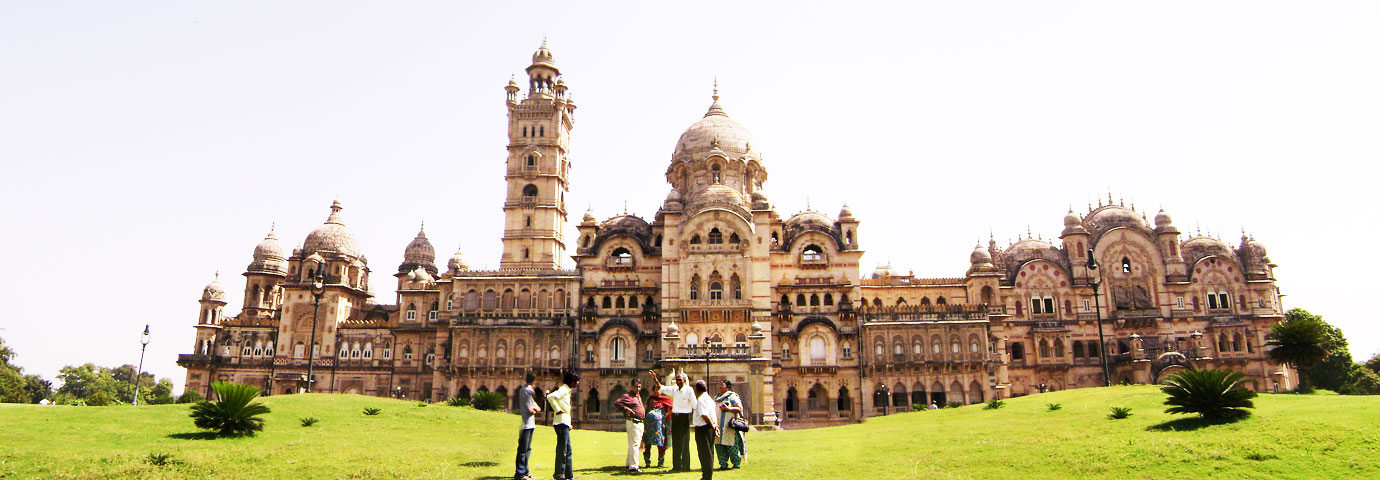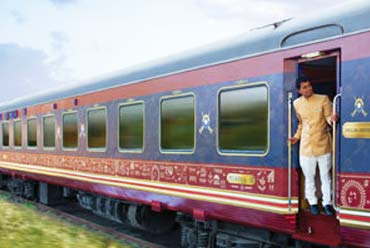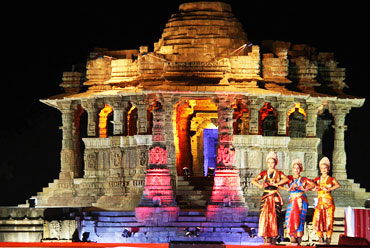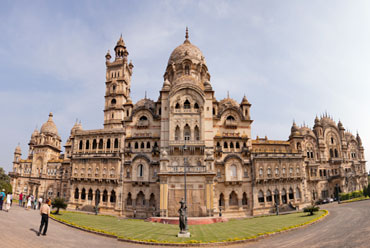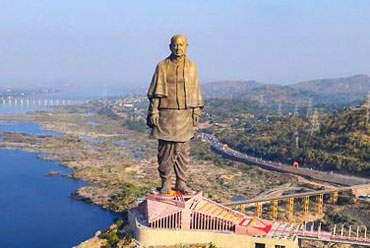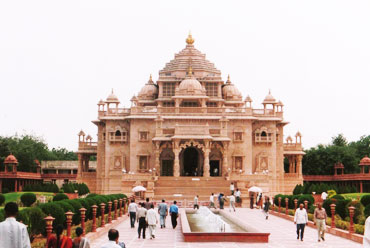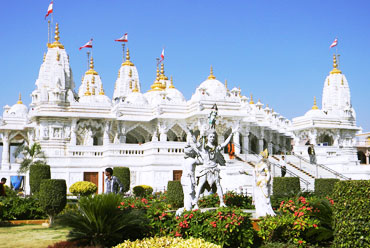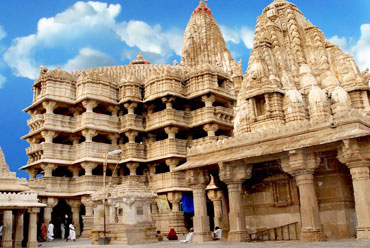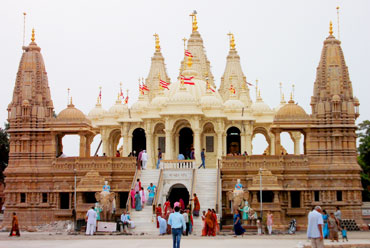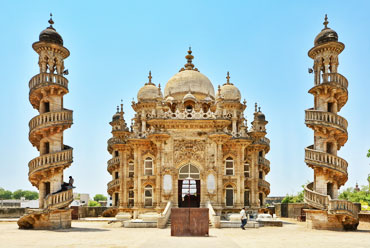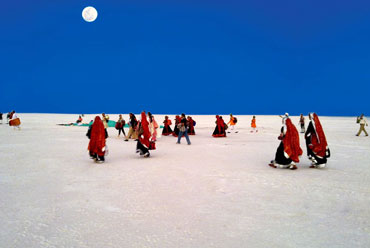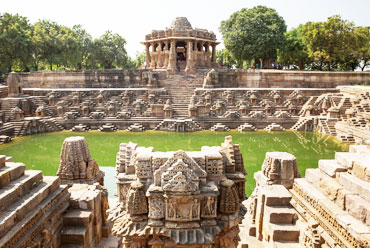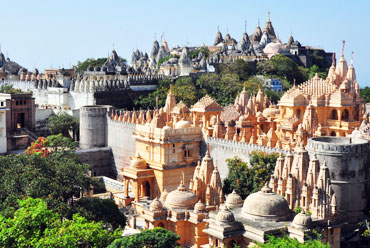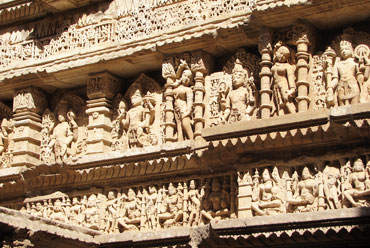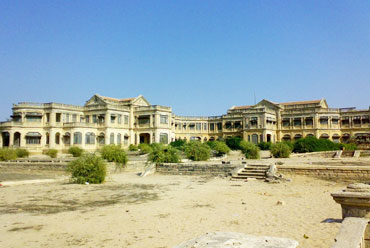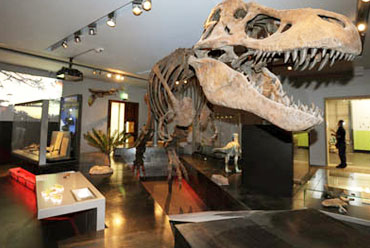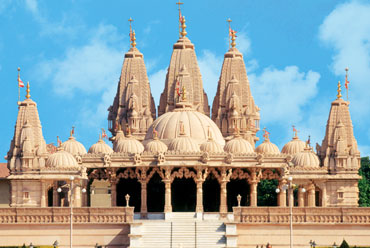Vadodra (Baroda) is the capital city of the erstwhile Gaekwad rulers. It is an important cultural center of India, as it is known for its art galleries and museums. Vadodra has a number of palaces and well-laid parks that attract the tourist.
Location
Vadodra is located in the eastern part of the state of Gujarat, in the western region of India. Vishvamitra River flows through the city of Vadodra. It is 100 km south of Ahmedabad and 392 km north of Mumbai. The weather in Vadodra is tropical and hot. Though it located near the Arabian Sea, summers (April-June) in Vadodra can be too hot and winters (November-February) are cool. It experiences southwestern monsoon rains in July-September.
History
The earliest record of Vadodra city is found in a land grant dating back to AD 812. In the grant, Vadodra is referred to as Vadapadraka. It was also known as Chandanavati, after a local Rajput ruler. The city underwent periodic renaming, from Varhavati, Vatpatraka, Baroda, and, in 1971, to Vadodra. The history of Vadodra can be divided into different periods. The Hindu period lasted from ancient times until 1297. The Muslim rulers of the Delhi sultanate ruled this region from 1297 to 1401. An independent Muslim kingdom was established here, which was known as the Gujarat Sultanate. The present city was established during this period, which spanned from 1401 to 1573. Vadodra became the part of the mighty Mughal Empire when Akbar, the Mughal emperor, defeated the local Muslim ruler in 1573. The Mughal period lasted until 1734, when the Maratha period started under the Gaekwad family. From 1734 to 1947, it became the capital of the powerful Gaekwad rulers. In 1802, the British, under the banner of the East India Company, established a residency in Vadodra to cement their relation with the Gaekwads. Later this residency was responsible for all erstwhile princely states of Gujarat and Kathiawad. In 1947, when India gained independence and all princely were abolished, it became a part of the state of Gujarat.

